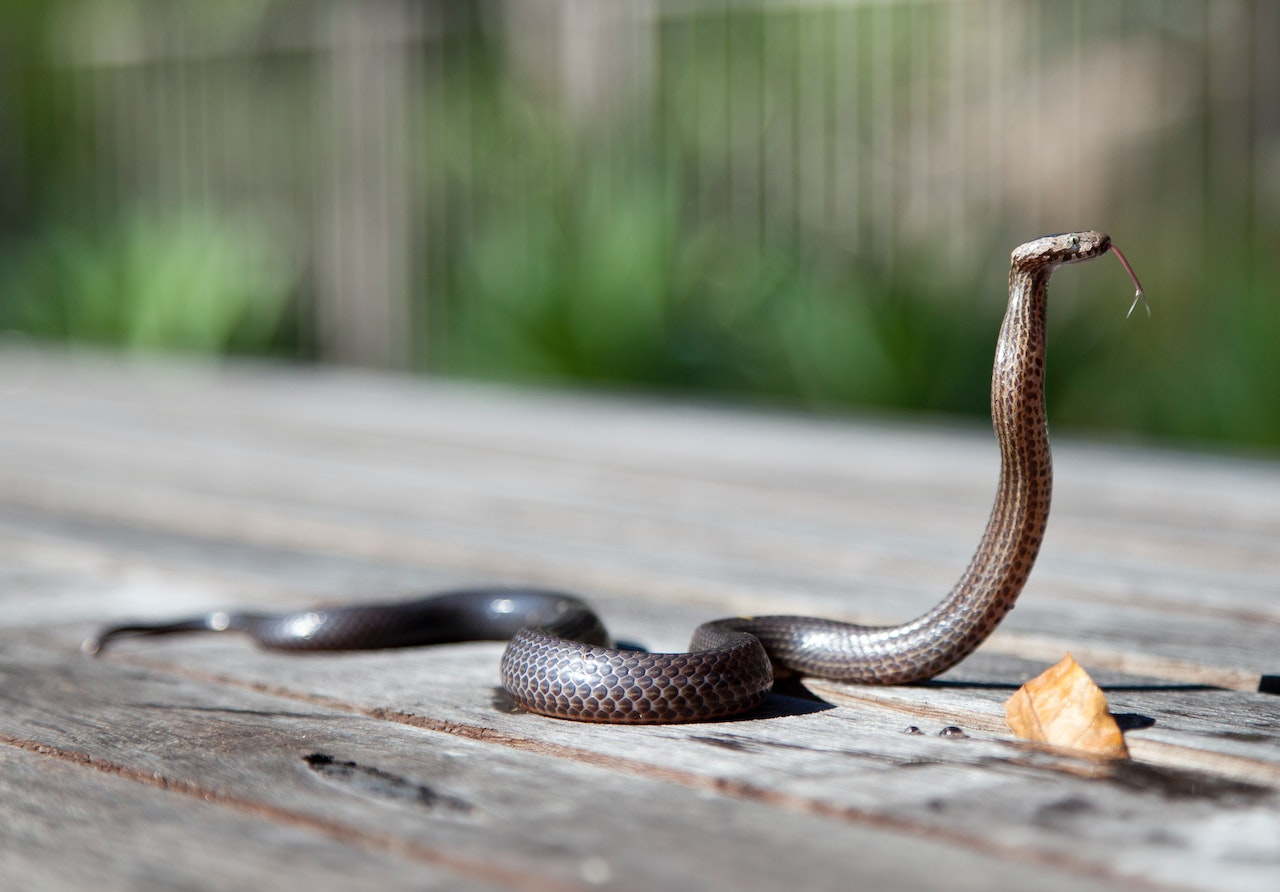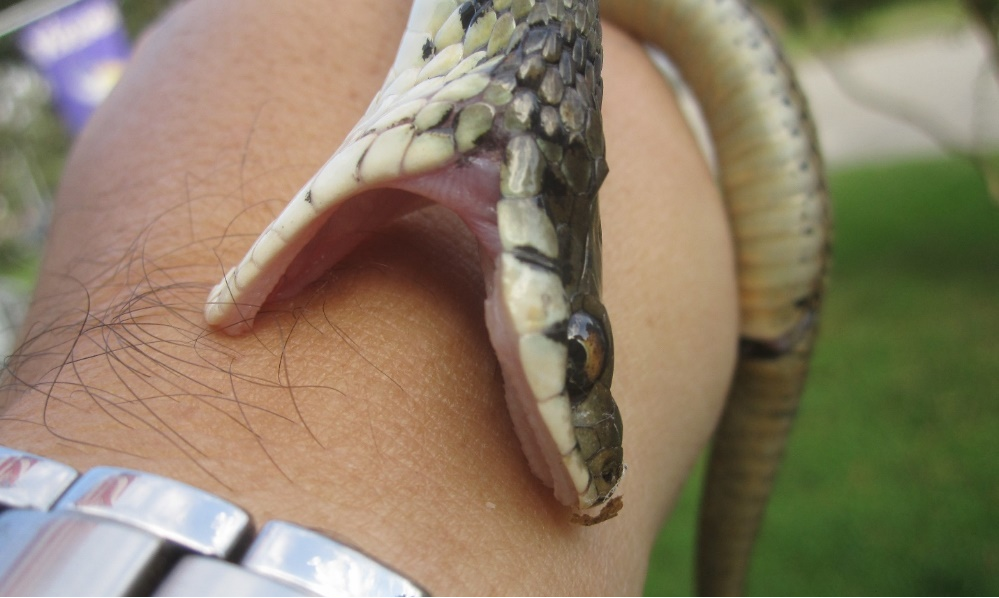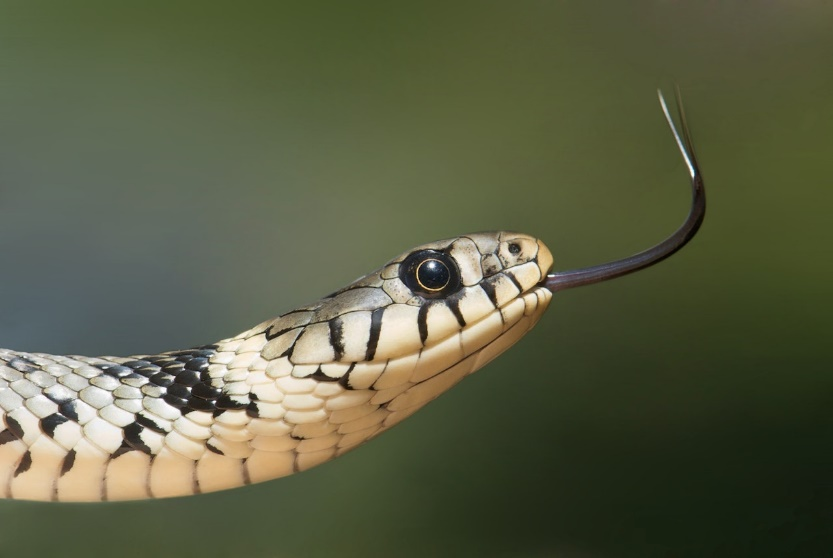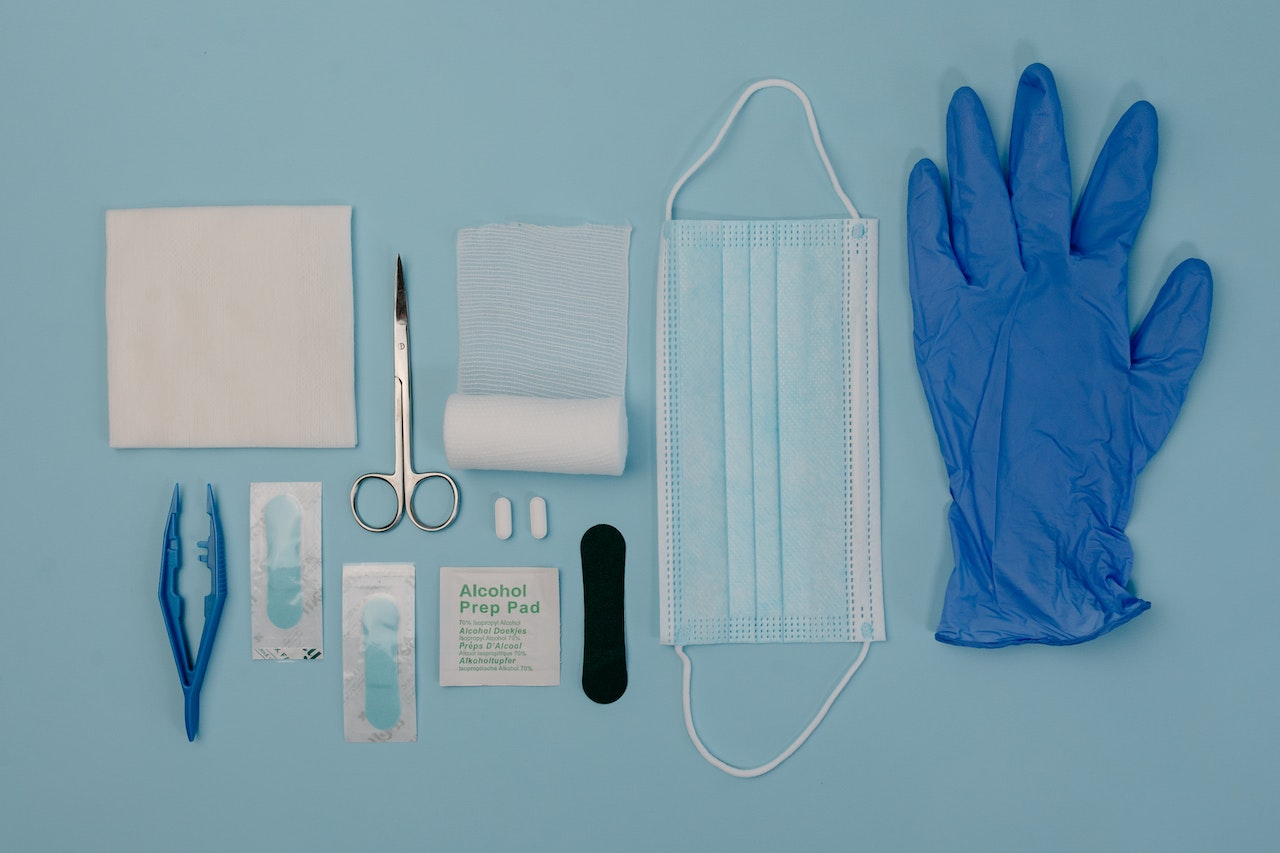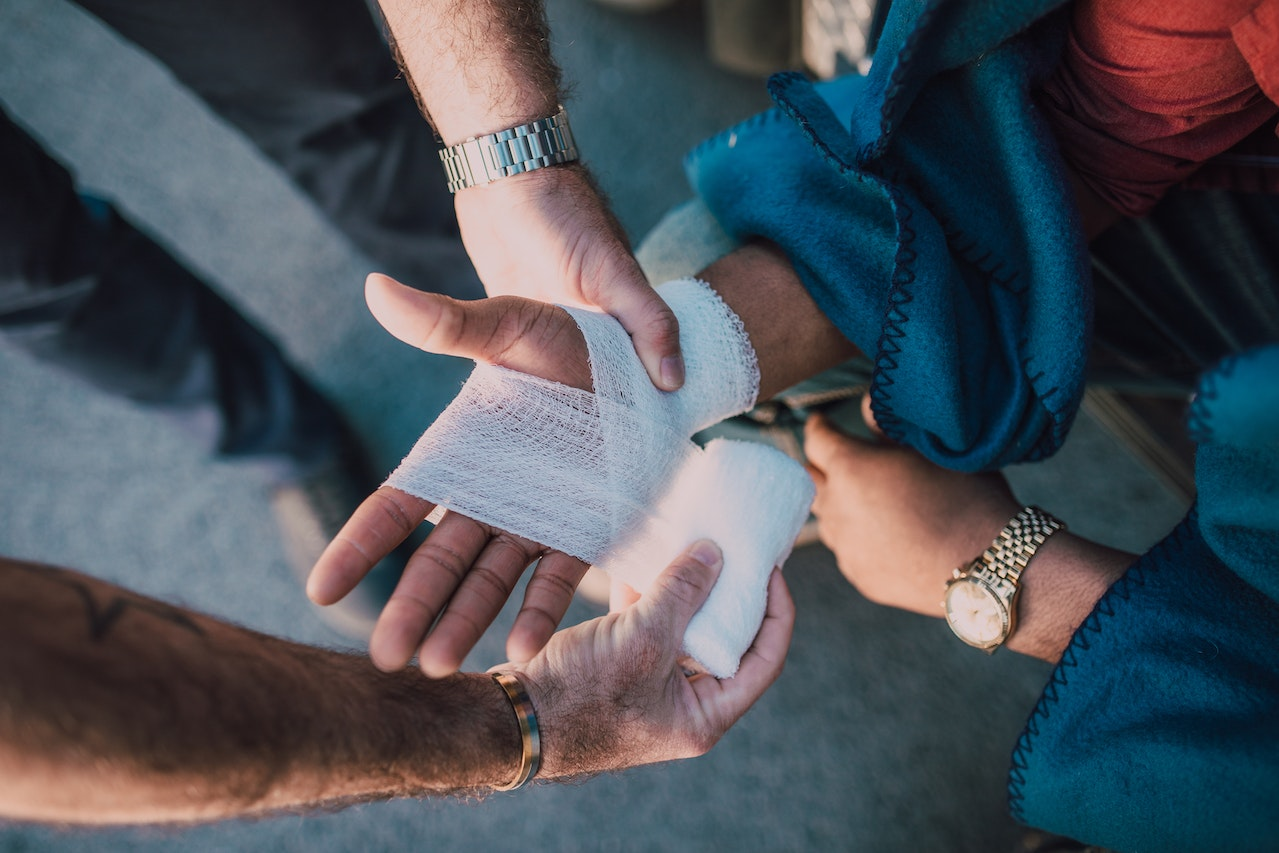Summer is here! It’s time to go hiking and camping and enjoy other outdoor activities. It also happens to be snake season because they are out of hibernation and migrating 4 km from their dens to reach foraging sites. They hunt for food during November and December, the wettest months in Vancouver, because of the rodents munching on vegetation, and you are more likely to encounter them now then.
With this in mind, we advise outdoor enthusiasts to keep an eye out for all types of snakes: Venomous and non-venomous. It’s also important to learn to identify the symptoms of snakebites and how to administer first aid for snakebites.
There are 3,700 snake species in the world. Thankfully, only 15% of them are dangerous. Canada is home to three venomous snakes, which include:
- The Western Rattlesnake, also known as Crotalus Oreganous– Found in British Columbia Grasslands
- The Prairie Rattlesnake, also known as Crotalus Viridus – Found in Alberta and Saskatchewan Habitats
- Eastern Massasauga Rattlesnake, also known as Sistrurus Catenatus – Found in Ontario’s Georgian Bay Area
According to an article published in the journal of PloS Neglected Tropical Diseases, snakebites in Canada are relatively rare. Around 100 people get bitten by snakes yearly with no deaths.
However, worldwide, snakebites are a much bigger problem. According to WHO, they kill around 138,000 people yearly, mostly in impoverished and rural areas. Another 400,000 are left with permanent injuries, such as blindness, amputated limbs, and other severe disabilities.
Knowing if a snakebite is dangerous can be challenging. Identification is the key, which includes the snake’s species. This blog will take you through the proper steps to take care of a snakebite while waiting for EMS to arrive.
What Are Snake Bites?
Snakes usually bite for self-defense or to capture their prey. Depending on the species, the side effects of their venom are different. Following are some of the major categories:
- Haemorrhagins:Damage to blood vessels.
- Cytotoxins:Cause tissue damage and swelling at the bite site.
- Anti-clotting agents:Stop the blood from clotting.
- Myotoxins:Damage muscles and breaks their connection.
- Neurotoxins:Damage the nervous system and lead to paralysis.
How Dangerous Are Snakebites?
There are two types of snakebites.
Dry Bite: This refers to the bite of a non-venomous snake. No toxins are released from the snake’s mouth, leaving you with just a bite mark.
Venomous Bite: A venomous bite is quite dangerous and passes venom into your bloodstream, causing severe side effects. It might even cause death.
The act of emitting venom is voluntary. Snakes can control the discharge, which is why if you act fast, you can save the person who is bitten. 50% to 70% of venomous snake bites cause poisoning. If you have completed an OFA level 3 course, you will have full knowledge of what to do in such a situation.
Symptoms of a Venomous Snakebite
Symptoms of snakebites differ from venom to venom. Here are the most common symptoms that will let your OFA level 3 training kick in:
- Excessive bleeding
- Bloody wound discharge
- Difficulty with blood clotting
- Altered mental state
- Swelling and severe pain where the snake bit
- Visible fang marks on the skin
- Discoloration, such as bruising and redness
- Diarrhea
- Breathing difficulties
- Enlarged lymph nodes at the bite site
- Burning
- Fainting
- Convulsions
- Dizziness
- Excessive sweating
- Loss of muscle coordination
- Fever
- Weakness
- Blurred vision
- Increased thirst
- Tingling and numbness, especially in the mouth
- Vomiting and nausea
- Rapid pulse
- Shock
- Paralysis
Symptoms of a Non-Venomous Snakebite
Non-venomous snakes don’t have fangs. They have teeth just like human beings. Here are the symptoms of a non-venomous snakebite:
- Pain and itching at the bite site
- Redness and swelling
- Bleeding
While non-venomous snakebite is not dangerous, it can lead to necrosis, skin infections, and even tissue death. This is why you need to take care of the wound immediately until help arrives.
First-Aid for Snakebites
- Dial 9-1-1 or any other local Emergency Medical Services (EMS) for medical attention
- Antivenom is the only treatment that intervenes in the flow of poison from a venomous snakebite
- If a snake has bitten you, refrain from driving to a hospital. A venomous snakebite causes dizziness and makes you pass out, which can prove to be fatal when behind the wheel
- Take photos of the snake if you can still spot it (This will help the EMTs identify the venom and start treatment immediately)
- Keep calm
Here’s how to administer first-aid while you are waiting for help to arrive:
- Sit down and makes sure that the bite site is in a neutral position
- Remove any jewelry you are wearing that might restrict blood flow
- Use water and soap to wash the bite
- Cover it with a dry, clean dressing (Do not apply any kind of ointment)
- Mark the edge of the bite so you can keep track of how fast the skin is swelling
Don’ts of First-Aid for Snakebites
- Don’t try to trap the snake, even if it is non-venomous
- Don’t touch a snake with a decapitated head
- Don’t wait for symptoms to appear before calling EMS
- Don’t apply a tourniquet
- Don’t cut the wound to let the venom bleed out
- Don’t try to suck the venom out with your mouth
- Don’t immerse the bite in water or apply ice on it. This can cause the tissue to necrotize and lead to amputation of the limb
- Don’t splash alcohol on the bite or drink it to numb the pain
- Don’t take any pain relievers
- Don’t apply folk or electric shock therapies on the bite
Snakebites can be easily prevented by taking a few precautions. It’s best not to approach any snake in the wild. Avoid going to places where snakes usually hide, like woodpiles and rocks, piled leaves, and patches of grass. If you see a snake in your path, back away so it can retreat. As mentioned earlier, snakes bite when they feel threatened, so let it take cover. Snakes avoid interaction, and you are more likely to escape their venom if you don’t poke them.
Always wear tall boots, leather gloves, and long pants in areas where snakes might appear. Refrain from working outside in warm weather at night.
Learn how to administer first aid for snakebites from Metro Safety Training. The institute offers OFA level 3 training, which includes recognizing internal bleeding and controlling it, and other priority action approaches. Browse what courses they offer in First Aid Level 1 in Vancouver.
The Metro Safety Training website lists all the details you will learn in training. Lastly, you will have a theory and practical review to test your skills. Click here to make an account and register for the courses. For more information, call 604-521-4227.


